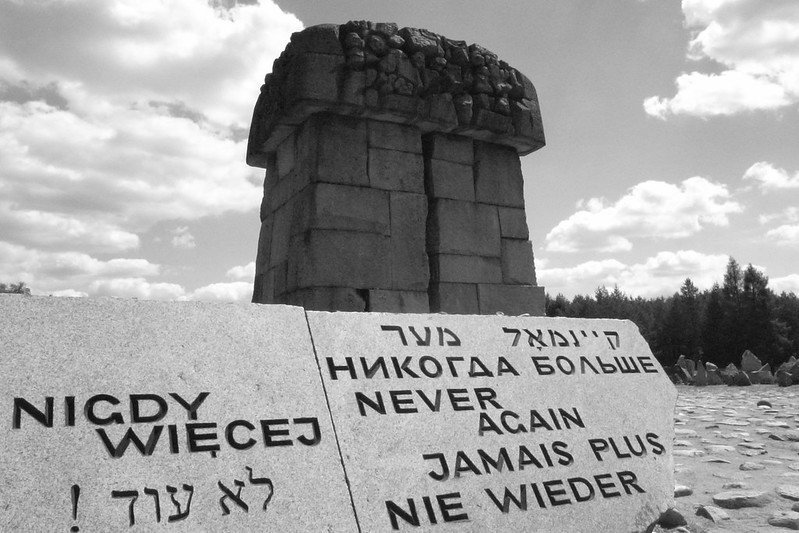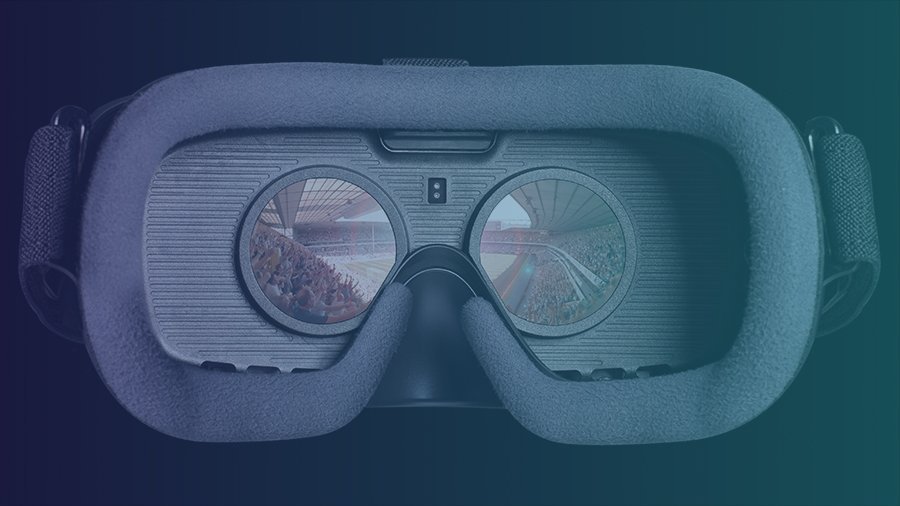Balancing Emotion and Fact: Presenting the holocaust in VR
Treblinka extermination camp
Since summertime 2020, Orta Interactive has been working with Maria Nudel Holocaust Learning Center to produce two virtual reality projects to be experienced by their museum guests. One concerns the history and details of Auschwitz, the deadliest of the Nazi concentration camps constructured for mass murder during the Holocaust. The second delineates the events leading up to as well as the aftermath of Kristallnacht, the “night of broken glass”, wherein Nazi party followers rampantly vandalized Jewish synagogues, homes, and businesses, an event which many consider to be the catalytic onset of the Holocaust
When Orta Interactive was invited to the collaboration, we knew we would have to overcome several challenges so as to be able to deliver the most respectfully impactful VR experience to their visitors. In VR, the user’s visual and auditory senses are completely engulfed by the audiovisual environment projected to them inside of the headset, which can be mesmerizing but also potentially frightening when dealing with intense subject material such as the horrors of the Holocaust. We were determined to adapt the details of our projects, Auschwitz and Kristallnacht, in a manner that adequately conveyed critical emotional material without being too heavy handed. We knew we would need to rely on the expertise of the staff at Maria Nudel, who sent us information sheets full of pertinent material with which to build our narrative. The material was fact-heavy, perfectly suitable for a traditional documentary, but we needed to tweak it to make it work with the constraints and special abilities of VR.
Length:
Firstly, we needed to ensure our final script would be concise, on the order of 5 to 7 minutes. The purpose of this was two-fold. A shorter experience ensures that the viewer will not be emotionally fatigued by the experience, but also, since these projects are meant to be experienced in the museum itself, we wanted to be sure it would be able to be viewed by as many guests as possible. This necessitated careful editing to produce final pieces that sufficiently conveyed the material while remaining brief enough to limit wait times for museum guests.
Adjusting for VR:
Secondly, we needed to adapt the material to make it ideal for a VR environment. In VR, users are presented visual information that is all encompassing. They can turn their heads and bodies to look around their entire virtual space, where animations, film, photos, and text may be floating all around them, conveying just as much information as the audio narrative they are hearing. Because their attention is split, we needed to ensure the language we used in the audio narrative was simple enough to be easily digested, and also that factual information was represented in a balanced way across the visual and audio presentations.
Authenticity:
We also wanted to make sure we struck the perfect balance between the emotive impact of the visual experience and that of the audio narrative, while still maintaining a strong note of authenticity in the final product. At first, we thought to include film interviews with survivors, but the overall piece became too long and disjointed when we tried to integrate the clips, as well as more emotionally distressing. We had also tested out using voice actors to read the narrative script, which in the end felt thin. Finally, we landed upon the perfect solution that took all our concerns into account. The Rabbi Leon Weissberg at Maria Nudel, and our collaborator on the project, was able to deliver the voice over of the narratives, which lent the authenticity and gravity we were looking for in these projects.
Kristallnacht:
Finally, making a VR project focused solely on Kristallnacht posed somewhat of its own challenges. Details about the horrors that took place at the Auschwitz camps are much more readily available, as are survivor stories, film clips, and reference projects that others may have already presented about the topic. Comparatively, Kristallnacht is a much less covered story. This makes the story all that much more important to tell, but somewhat more difficult. For the audio narrative of the Kristallnacht script, we maintained all the same balances as described above, but also looked to add concrete dimension to the story by incorporating a crisp timeline. The events that led up to Kristallnacht, and the events in its aftermath, all fall into a clear and intentional crescendo of tension, which we highlight through the visual and auditory environments in our final project.
We hope that our approach to the Auschwitz and Kristallnacht VR experiences brings visitors a sense of crucial profundity as they learn of the abominable events surrounding these key elements of Holocaust history. It is our greatest desire to have delivered final projects that resonate with the visitors of the Maria Nudel Holocaust Learning Center while being respectful in every way to the subject matter, victims, and survivors of the Shoah.



